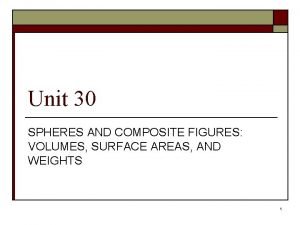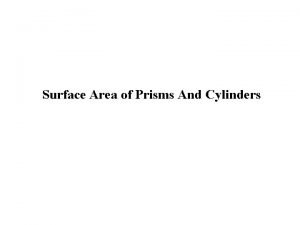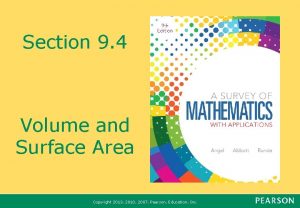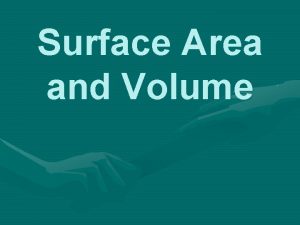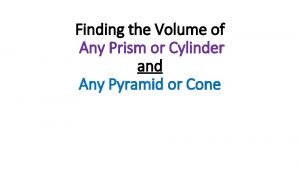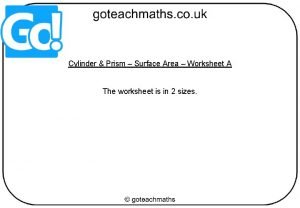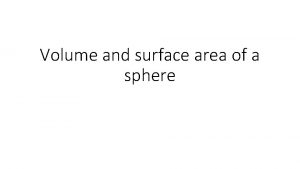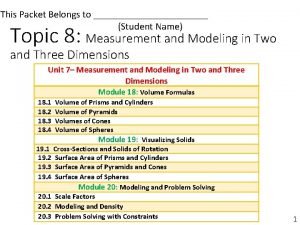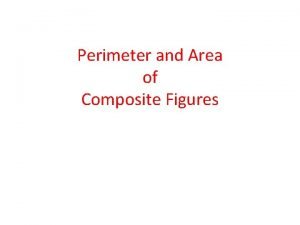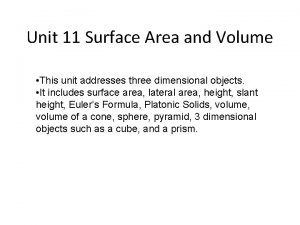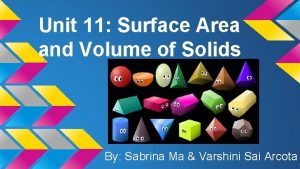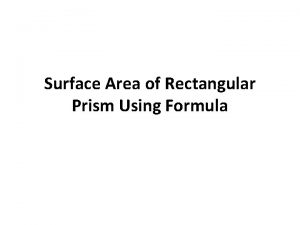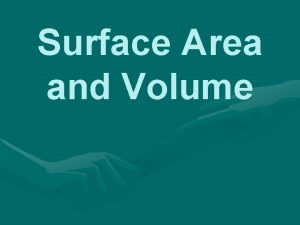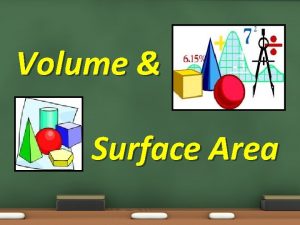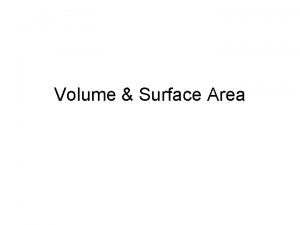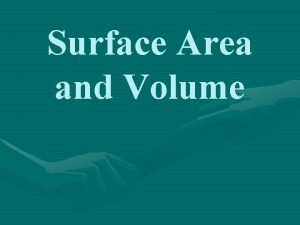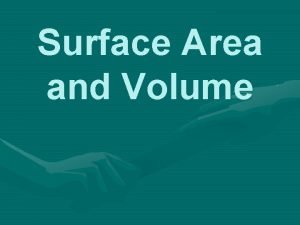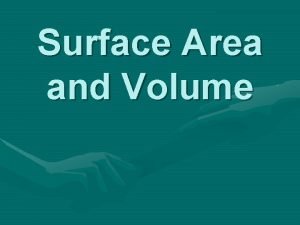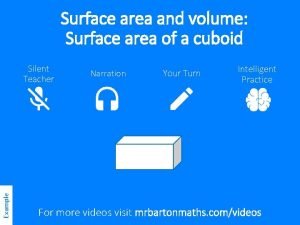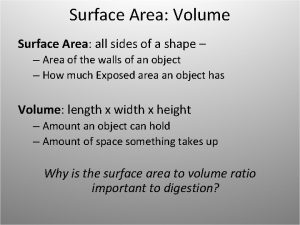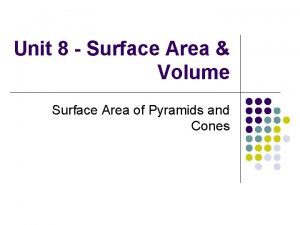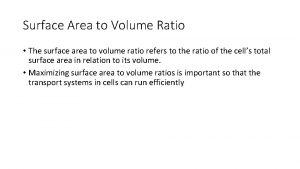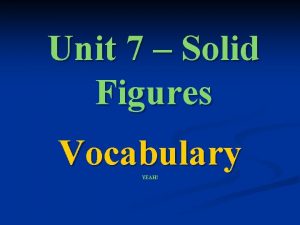Solid Figures Volume and Surface Area Lets review

















- Slides: 17

Solid Figures: Volume and Surface Area

Let’s review some basic solid figures…

Sphere A sphere is a ball. l It has no faces, edges, or vertices. l

Cube A cube is like a box. l It has six faces, six edges, and four vertices. l All of a cube’s faces and edges are equal. l

Rectangular Prism A rectangular prism is also like a box. l It has six faces, six edges, and four vertices. l All of its faces are either squares or rectangles. l

Cylinder A cylinder is like a soup can. l It has two circular faces on each end, but no edges or vertices. l You could say that a cylinder is a “circular prism. ” l

Finding Volume l We’re going to talk about how to find the volume of rectangular prisms and cylinders.

Volume: Rectangular Prisms l The formula for finding the volume of a rectangular prism is volume = length x width x height, or V = l x w x h.

Volume: Rectangular Prisms l Suppose you have a rectangular prism that is 9 inches long, 6 inches wide, and 5 inches high. l What is the volume of this rectangular prism? l. V=9 x 6 x 5 l V = 270 cubic inches

Volume: Cylinders l The formula for finding the volume of a cylinder is pi x radius squared x height.

Volume: Cylinders l Suppose you have a cylinder with a height of 8 centimeters and a radius of 12 centimeters. l What is the volume of this cylinder? l V = 3. 14 x (8)^2 x 12 l V = 2, 411. 52 cubic centimeters

Finding Surface Area l Now we’re going to talk about how to find the surface area of rectangular prisms and cylinders.

Surface Area: Rectangular Prisms l The formula for finding the surface area of a rectangular prism is 2(length x width) + 2(length x height) + 2(width x height).

Surface Area: Rectangular Prisms l l l Suppose you have a rectangular prism that is 7 meters long, 3 meters high, and 4 meters wide. What is the surface area of this rectangular prism? SA = 2(7 x 4) + 2(7 x 3) + 2(4 x 3) SA = 2(28) + 2(21) + 2(12) SA = 56 + 42 + 24 SA = 122 square meters

Surface Area: Cylinders l The formula for finding the surface area of a cylinder is SA = (2 x pi x radius squared) + (2 x pi x radius x height)

Surface Area: Cylinders l Suppose you have a cylinder with a height of 6 feet and a radius of 2 feet. l What is the surface area of this cylinder? l SA = (2 x pi x 2^2) + (2 x pi x 2 x 6) l SA = (2 x 3. 14 x 4) + (2 x 3. 14 x 12) l SA = 25. 12 + 75. 36 l SA = 100. 48 square feet

Remember… l Since multiplication is commutative, it doesn’t matter what order you multiply your numbers in when you find volume.
 Composite solid figures
Composite solid figures Circular base
Circular base Solid figures formulas
Solid figures formulas Total surface area of pyramid
Total surface area of pyramid Wet curved surface area
Wet curved surface area Formula for lateral surface area of a triangular prism
Formula for lateral surface area of a triangular prism Plane figures and solid figures
Plane figures and solid figures Is a trapezoid a plane figure
Is a trapezoid a plane figure Volume formula
Volume formula Surface area of cylinders and prisms worksheet
Surface area of cylinders and prisms worksheet Find the volume of the composite figure
Find the volume of the composite figure Surface area of composite figures
Surface area of composite figures 19-3 surface area of pyramids and cones
19-3 surface area of pyramids and cones Lesson 9-4 area of composite figures
Lesson 9-4 area of composite figures Unit 11 volume and surface area
Unit 11 volume and surface area Unit 11 volume and surface area
Unit 11 volume and surface area How to find a surface area
How to find a surface area Prism volume and surface area
Prism volume and surface area
